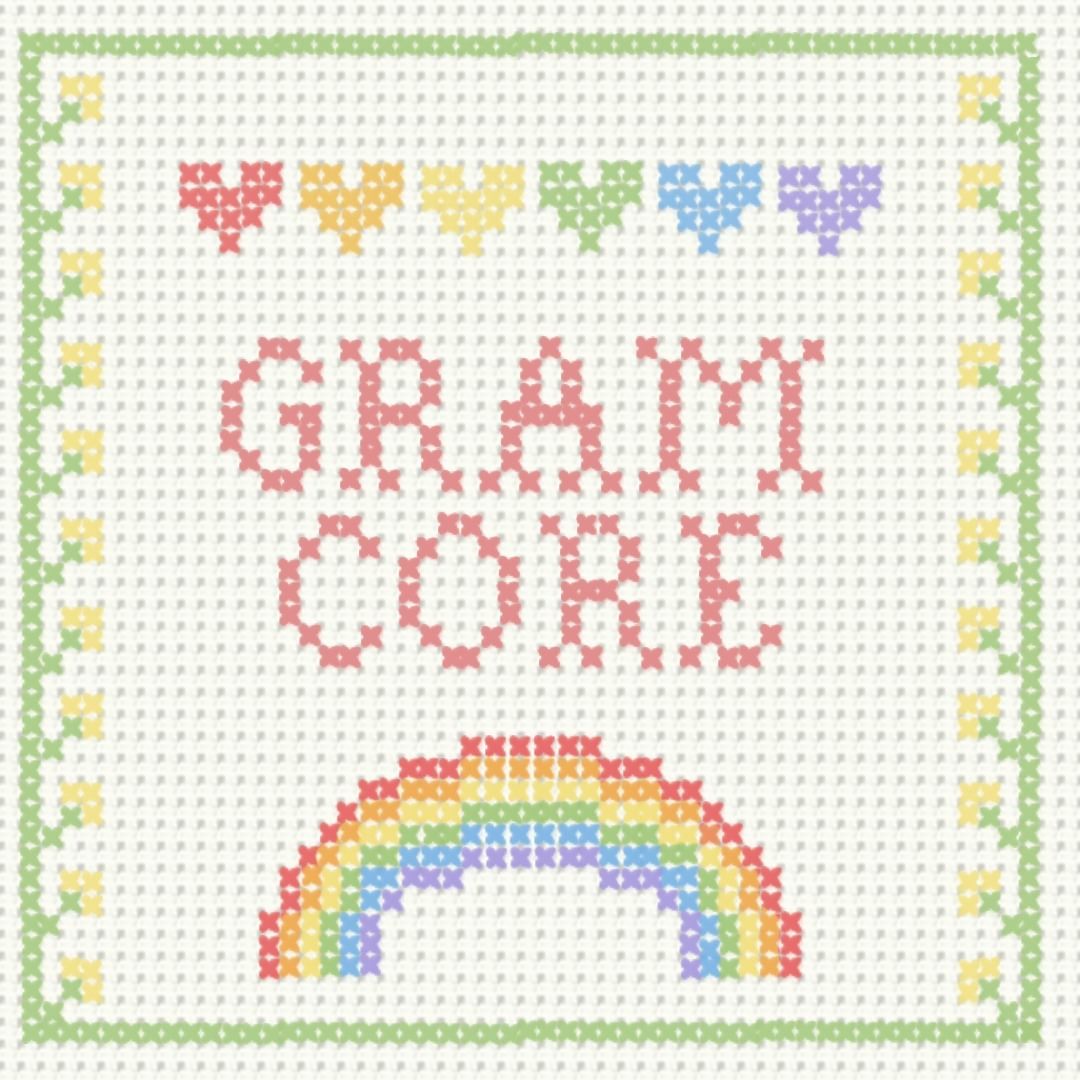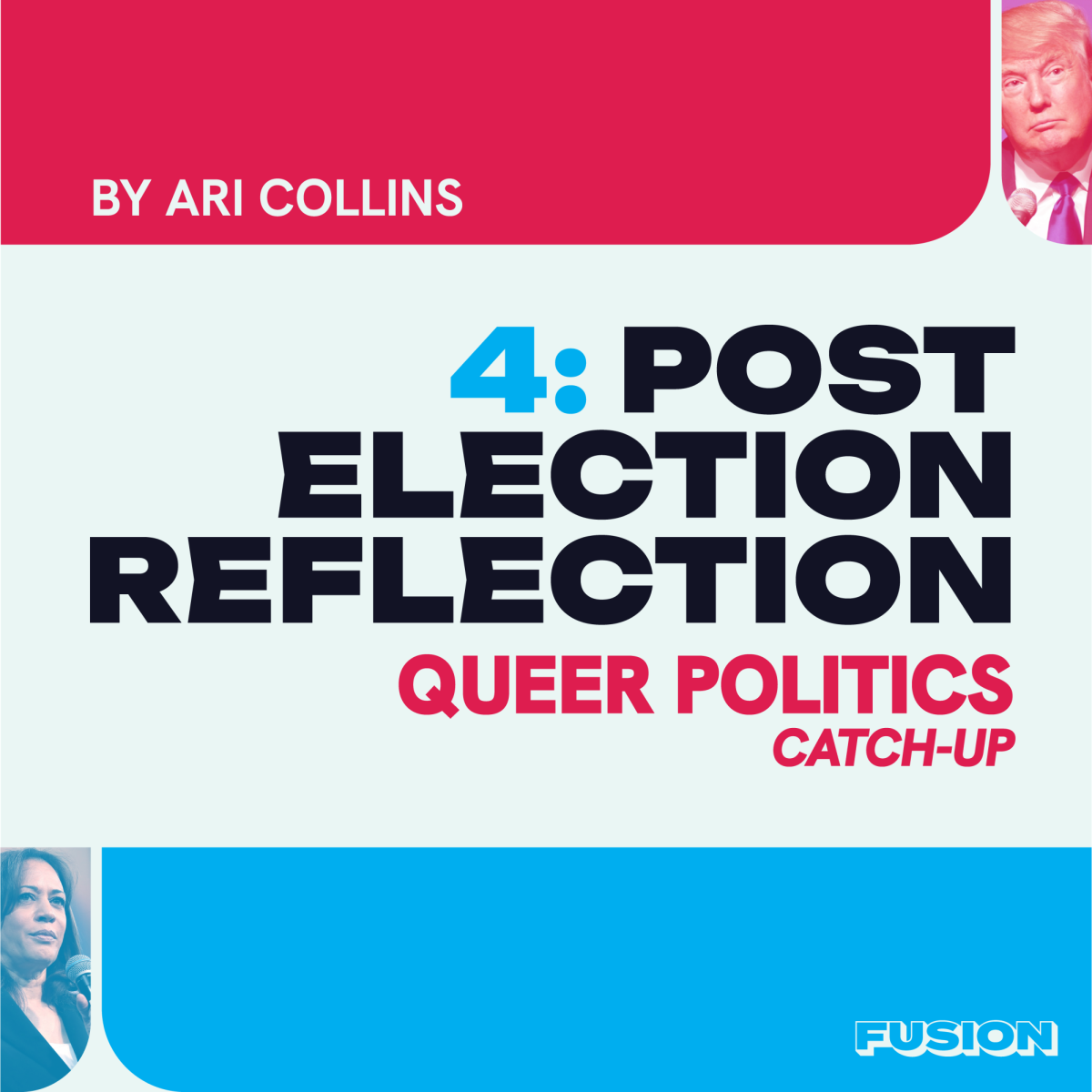Dear readers, I’ve constructed a short quiz that will test your basic knowledge of drag and cross-dressing. The answers are below, along with some interesting information! Don’t cheat!
- Cross-dressing and drag are the same things.
- True!
- False!
- I have no idea!
- Cross-dressing and drag are seen again and again in the history of the world.
- Yes, that is right.
- No, you should check your facts.
- I’m stumped!
- Women receive more judgment and criticism for dressing as men.
- This is true.
- Absolutely not.
- The answer is c.
- Drag is a (sometimes) quiet form of social protest against the expectation of gender roles.
- Yes, although I wouldn’t say quiet.
- No, it’s only for entertainment.
- If you’ve answered only c’s you should probably hop on google.
- Cross-dressing does not mean you identify with the opposite gender.
- I agree with this.
- No, this is wrong.
- I don’t know.
1.) False. Cross-dressing and drag are not the same things! Cross-dressing involves wearing the opposite gender’s clothes in daily life. Some people cross-dress occasionally and others all the time. You can see this almost everywhere you look on the street, especially if you look for details such as a man wearing a woman’s shirt or a woman wearing men’s jeans. Drag on the other hand is a performance art that uses the idea of cross-dressing. Most of the time drag involves sing or lip-synching to popular music and wearing clothing that is over the top for either gender.

2.) Yes! Some of the more familiar things in history that we see include Joan of Arc, a French girl who joined the French armies during the Hundred Years’ War and is known as a Catholic St. She was executed by the English for impersonating a man. We have also seen cross-dressing and drag in Shakespearian performances, Grecian mythology, and in music. Do I have to mention David Bowie?
3.) More often than not this is false. In today’s society men are more likely to be criticized and even worse, victimized, for dressing in women’s clothing. Even if a man were to cross-dress today its usually subtle or they are automatically labeled as gay. This is a stereotype.
4.) Yes, although this may still be widely debated. I would say yes, cross-dressing and drag can both be seen as a form of social protest, although it may not always be quiet. Even when a show is put on just to entertain, there are individuals breaking every social norm put on them by society. Those queens aren’t usually quiet either. Drag queens are loud, sassy and outspoken “women” that represent a strong image of women. Often performances include songs written by strong, idolized women as well, including Cher, Madonna, and Aretha Franklin. Stepping out into society either cross-dressing or in drag defies the standards of gender.

5.) If you agreed, you’re right. Choosing to wear the opposite sex’s clothing does not mean someone identifies a specific gender. A woman in man’s clothing can identify as a woman, as gender-queer, or as androgynous. The same applies to a man in woman’s clothing. Also, the clothing and behaviors of an individual do not determine their sexuality.



































